Solubilization
Definition: Solubilization, introduced by Mc Bain in 1937, is the process of dissolving poorly soluble solute molecules in water in the presence of surfactants. This results in the formation of a thermodynamically stable solution.
- Micelle Formation: In the presence of surfactants, micelles, which are colloidal aggregates, form. These micelles enhance the solubility of poorly soluble solutes by dissolving or absorbing them.
- Critical Micelle Concentration (CMC): The concentration at which micelles begin to form is known as CMC. This critical point marks the initiation of surfactant function, with increasing solubility as micelle concentration rises.
- Micelle Shapes: Micelles can take on various shapes, such as spherical, sausage, rod, or lamellar.
- Application Example: A notable example is the solubility enhancement of cresol solution with soap solution, allowing the dissolution of up to 50% v/v cresol in water (Lysol solution) compared to its initial 2% v/v solubility.
- Utility: Solubilization is valuable for solubilizing water-insoluble vitamins like A, D, and K, as well as for preparing solutions of chloroxylenol and Hexachlorophene.
Detergency
Definition: Detergency is a complex phenomenon in which surfactants are employed for the removal of foreign matter from solid surfaces. This process includes the removal of dirt from clothes or body surfaces.
- Characteristics Utilized: Detergency relies on various characteristics of surfactants, including solubilizing, emulsifying, and wetting.
- Mechanism: To effectively remove foreign matter from surfaces, surfactants must reduce interfacial tensions between dirt/water and solid/water. This reduction in adhesive forces allows for the easy detachment of dirt particles from solid surfaces.
- Particle Charge: Once detached, surfactants are adsorbed at the particle surface, turning them into charged particles. This prevents their further deposition.
- Oil or Fat Removal: In cases where the foreign matter is oil or fat, detergency achieves removal through either emulsification or solubilization.
Summary:
Solubilization, introduced by Mc Bain in 1937, involves dissolving poorly soluble solutes in water using surfactants, forming thermodynamically stable solutions through micelle formation. Critical micelle concentration (CMC) is key, and this technique is exemplified by the enhanced solubility of cresol with soap solution. Detergency, a complex surfactant-driven process, utilizes characteristics like solubilizing, emulsifying, and wetting to remove foreign matter from solid surfaces by reducing interfacial tensions.Reference Books
- "Solubilization in Surfactant Aggregates" by Kunio Esumi
- "Handbook of Detergents: Part E: Applications" edited by Uri Zoller
- "Pharmaceutical Chemistry" by David G. Watson
- "Encyclopedia of Pharmaceutical Science and Technology" edited by James Swarbrick and James C. Boylan
- "Colloid and Surface Chemistry" by Sushil K. Kansal
Online Resources
- Journal of Surfactants and Detergents - Springer
- Pharmaceutical Society of Great Britain
- American Association of Colleges of Pharmacy
- International Journal of Pharmaceutics - ScienceDirect
- Chemguide - Solubility
.png)
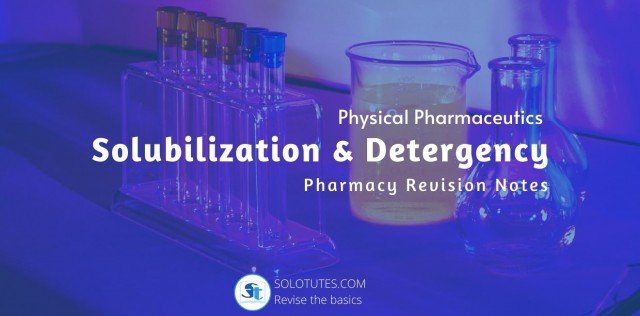












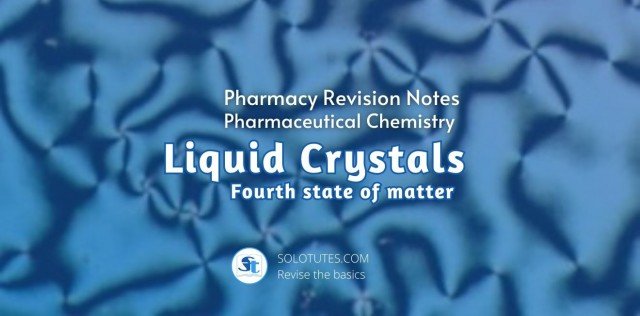
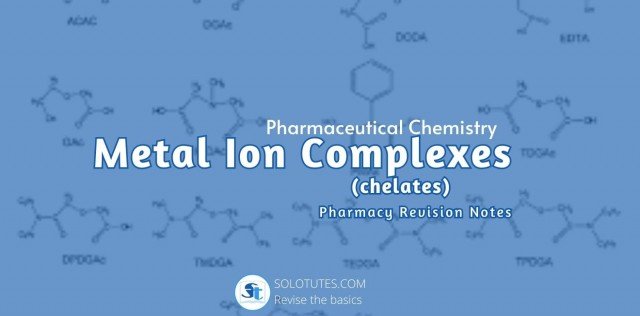




.jpg)
.png)






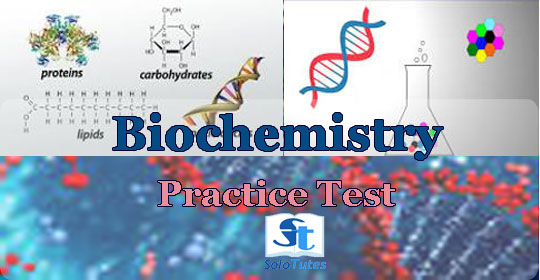
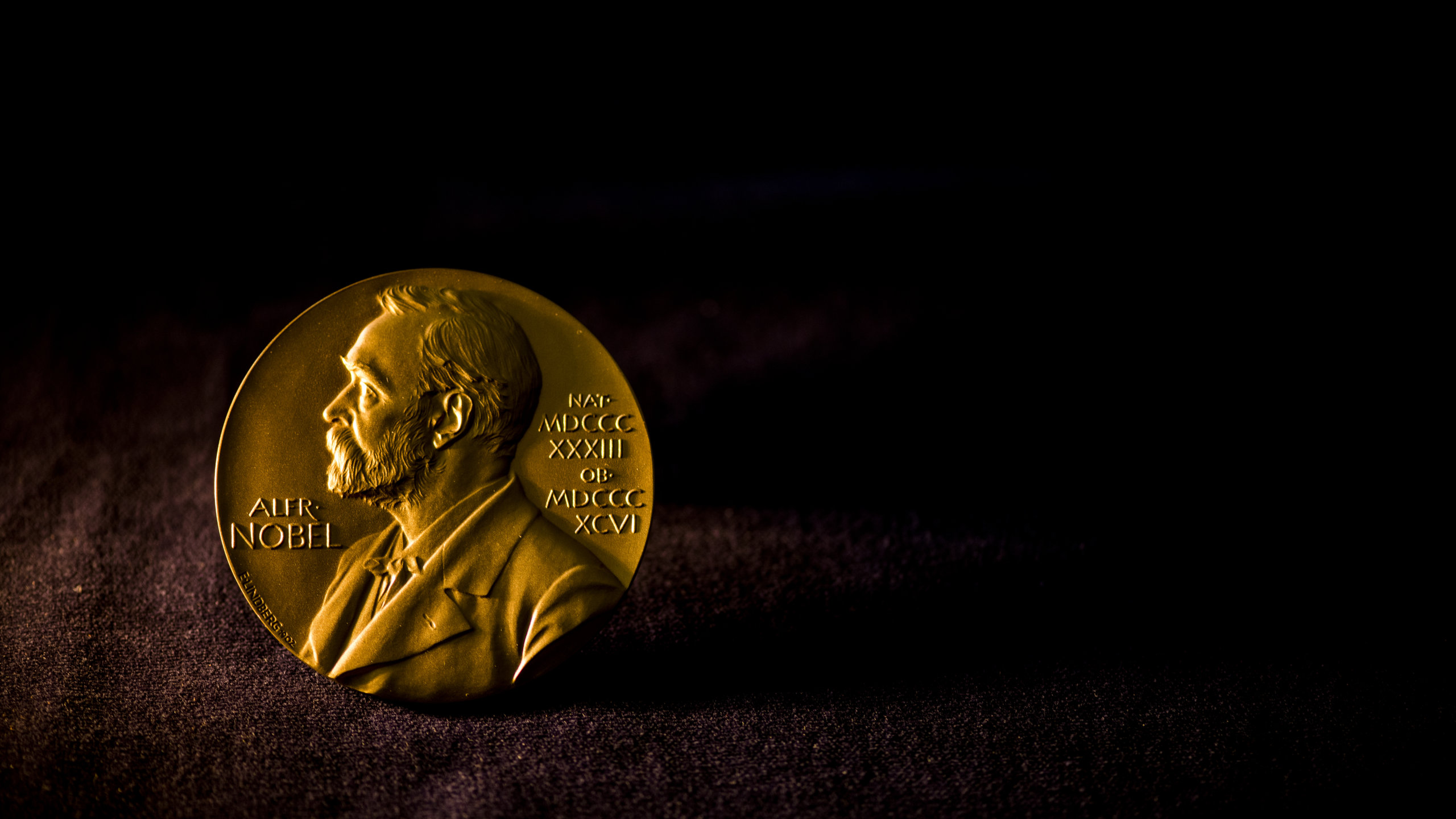 a quick overview on Nobel Prizes
a quick overview on Nobel Prizes